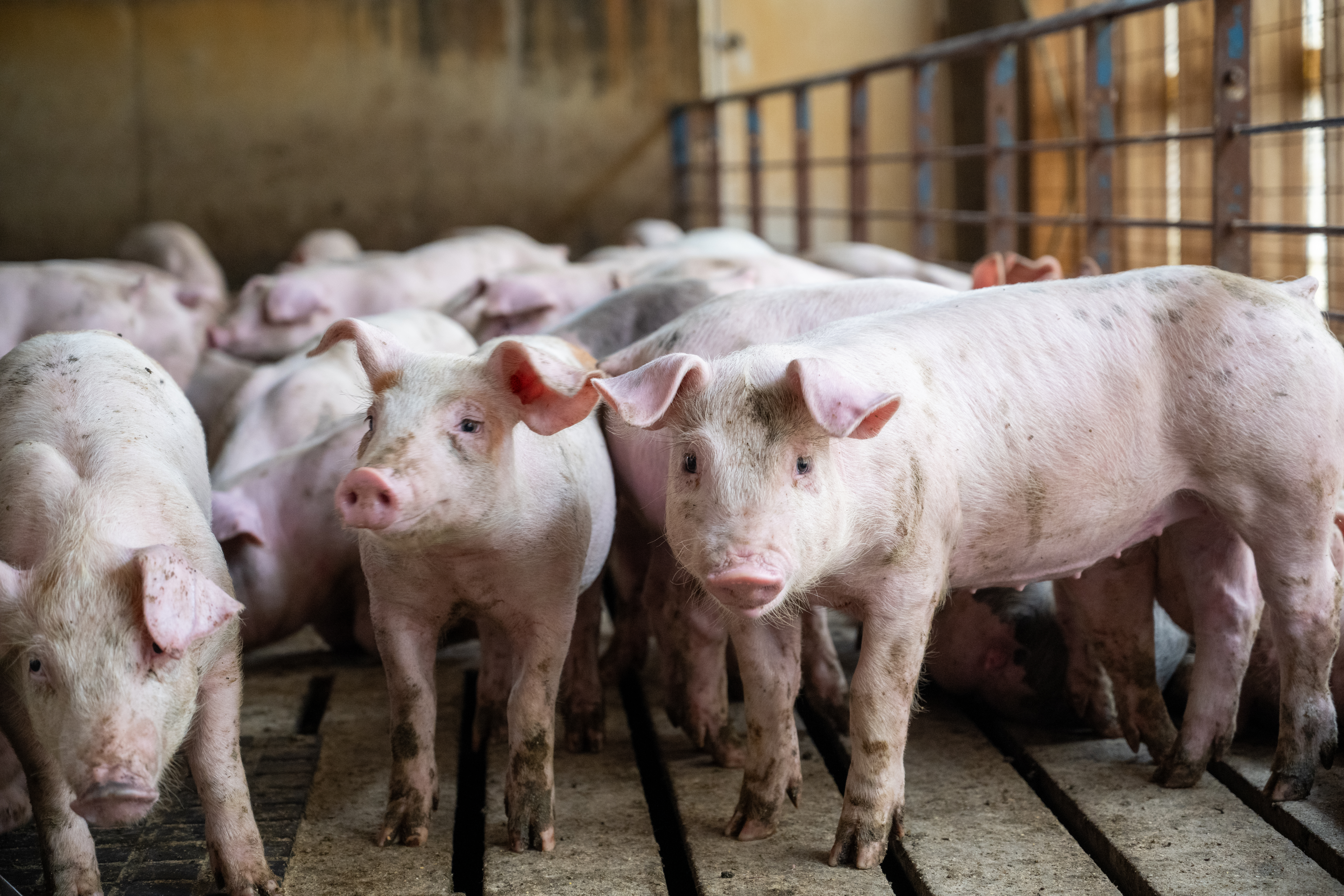Breeding programs in pigs primarily aim to reduce the cost of production but, because of the strong parallel effects of traits on the cost of production and environmental impacts, current breeding programs also substantially reduce the environmental impacts of pork production, although these reductions may be overestimated if the possible use of manure as a source of fertilizer is not accounted for. The purpose of this review is to summarize and explore opportunities that exist to further enhance these impacts by 1) changing the emphasis on traits in breeding programs, 2) including new traits, 3) integrating genetics and nutrition, and 4) transgenics and gene editing. Apart from accelerating rates of gain for productivity and efficiency at the commercial level, limited opportunities exist to further enhance reductions in environmental impacts by changing the emphasis on traits that are currently under selection, because of the high correlation between the impacts of these traits on cost of production and environmental impacts. However, opportunities exist to include traits related to resilience to disease and heat stress, methane emission (enteric and manure), and the efficient use of dietary nitrogen (N), phosphorus (P), and other ingredients, which all appear to have a genetic component. The limited research available to date suggests that genetic differences in efficiency and environmental impacts are smaller when pigs are fed diets that are tailored to their nutritional requirements, suggesting fewer genotype by diet interactions under such nutritional strategies. Selection for performance when fed diets that are tailored to meet the specific nutritional requirements of the line, or even the individual pig, can direct selection pressure to improvement of efficiency of the use of specific diet components. The effectiveness of this approach, however, depends on the accuracy of the nutritional models that are employed to determine nutrient requirements, as well as the accuracy with which these requirements can be characterized at the genetic level. Opportunities also exist to use transgenics or gene editing to provide solutions for anti-nutritional factors that many feedstuffs contain. Most emphasis on further reducing the environmental impact of pork production through genetics should focus on the grow-finish phase because it has the largest environmental impact and mitigation opportunities. Although this is expected to translate into additional reductions in environmental impacts of the reproduction phase, research into genetic selection or interventions that are specific to this phase is also needed.
Dekkers, J.C.M., Opportunities to improve environmental sustainability of pork production through genetics. Journal of Animal Science, Volume 103, 2025, skaf042.
